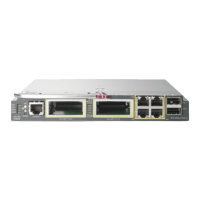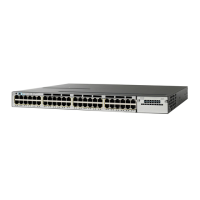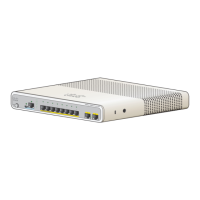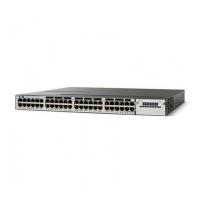When you configure the set dscp coscommand, note the following: The CoS value is a 3-bit field, and the
DSCP value is a 6-bit field. Only the three bits of the CoS field are used.
When you configure the set dscp qos-group command, note the following:
•
The valid range for the DSCP value is a number from 0 to 63. The valid value range for the QoS group
is a number from 0 to 99.
•
If a QoS group value falls within both value ranges (for example, 44), the packet-marking value is copied
and the packets is marked.
•
If QoS group value exceeds the DSCP range (for example, 77), the packet-marking value is not be copied
and the packet is not marked. No action is taken.
The set qos-group command cannot be applied until you create a service policy in policy-map configuration
mode and then attach the service policy to an interface or ATM virtual circuit (VC).
To return to policy-map configuration mode, use the exit command. To return to privileged EXEC mode, use
the end command.
Examples
This example shows how to assign DSCP 10 to all FTP traffic without any policers:
Device(config)# policy-map policy_ftp
Device(config-pmap)# class-map ftp_class
Device(config-cmap)# exit
Device(config)# policy policy_ftp
Device(config-pmap)# class ftp_class
Device(config-pmap-c)# set dscp 10
Device(config-pmap)# exit
You can verify your settings by entering the show policy-map privileged EXEC command.
Related Commands
DescriptionCommand
Defines a traffic classification match criteria for the specified class-map name.
class
Creates or modifies a policy map that can be attached to multiple physical
ports or SVIs and enters policy-map configuration mode.
policy-map
Displays QoS policy maps.
show policy-map
Command Reference, Cisco IOS XE Everest 16.5.1a (Catalyst 3650 Switches)
666
set
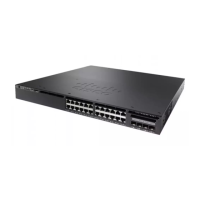
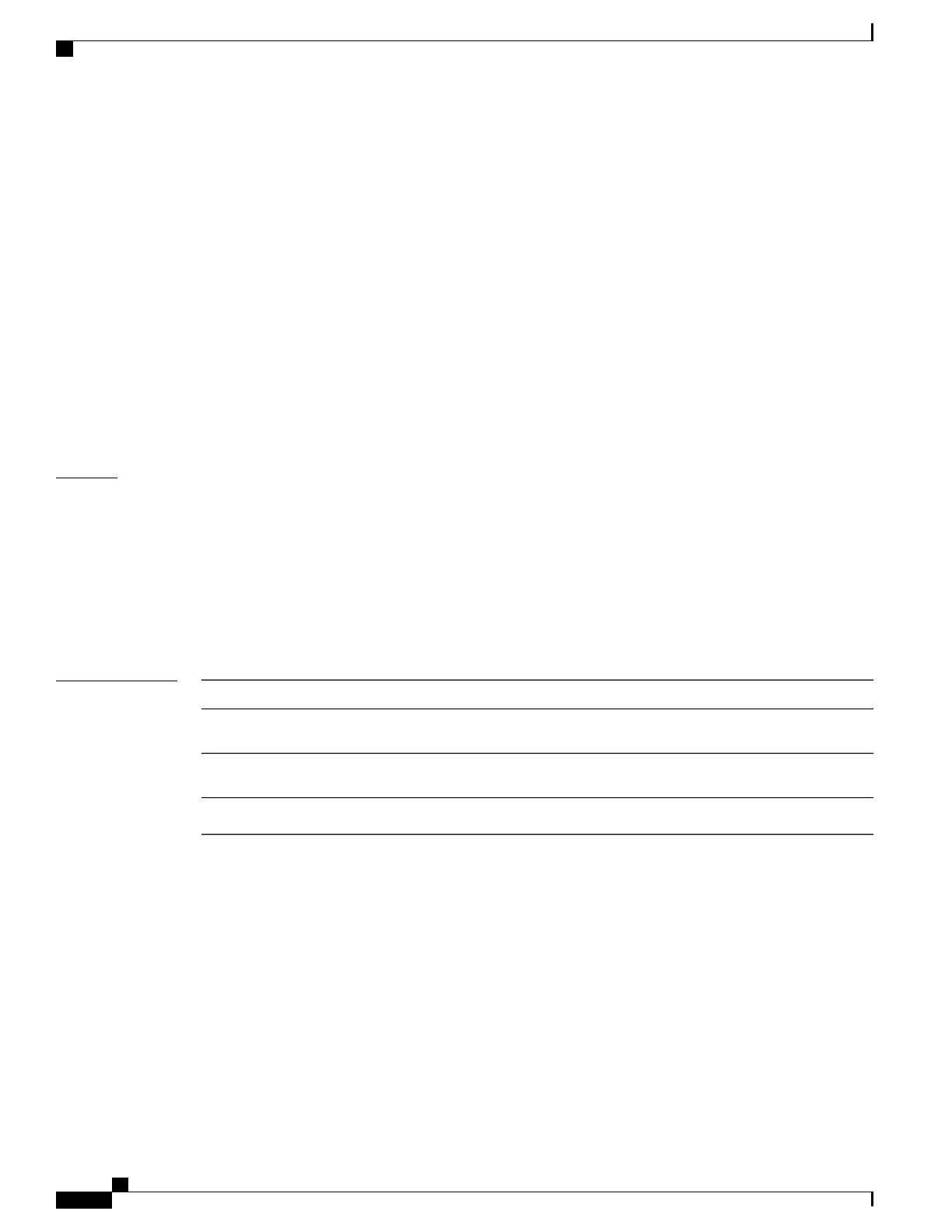